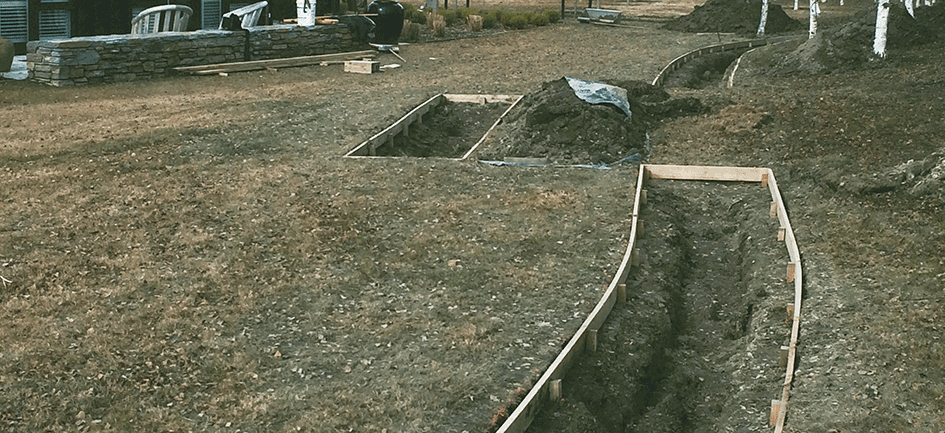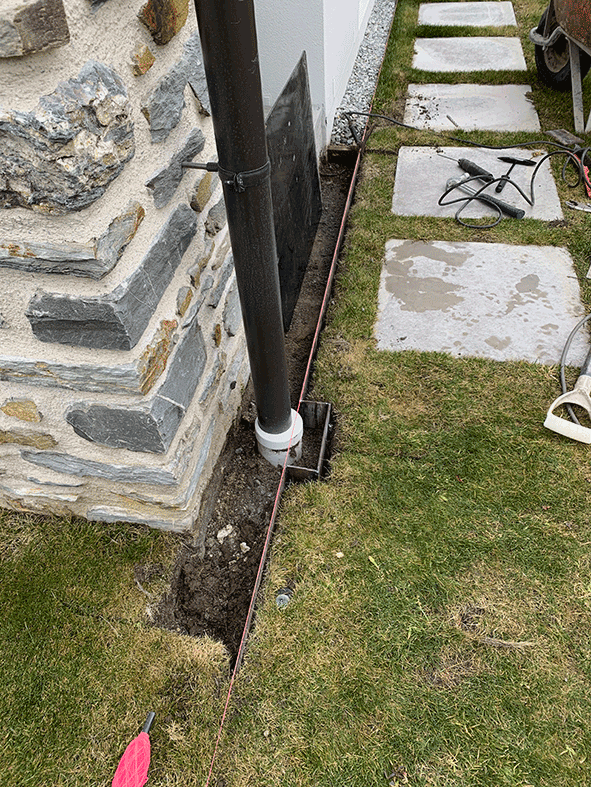
Timber and Steel Edging.
Types of Edging
The idea of an installed edge is to separate the lawn from the path or from the garden area. This ensures the contents of one don’t go to the other; such as gravel stays in the path and grass stays in the lawn. As a general rule, soil in a garden or compacted base gravel is kept at least 50mm below the finished height and the remainder can be topped with mulch or gravel. So the edge contains it.
There are many kinds of edging. One of the most common is the dug edge. This is simply done using a sharp spade. This is by far the cheapest methods in the short term. However what happens is the grass or garden weeds eventually grow through and needs to be maintained.
Most of the work we do is either steel or timber. Both have some advantages over the other. If you are in need of any edging, just enquire for a price. The overall cost depends on whether it is straight or curved, amount of corners, and of course material.
Steel
Steel has one of the best looks and is quite vogue at the moment. Steel comes in many sizes but our mainstream size is 100mm deep x 6mm mild steel and comes in 6m lengths. The versatility of steel means in can be bent easily into curves, is very durable, and can be screwed to wooden stakes or welded to steel bar which is by far the easiest and now our mainstream method. This means we can install it faster and cheaper without the need for an engineer.
Timber
Timber has a nice clean look and is a good barrier. There are many different types of wood that can be used but it needs to be treated in some way if it is to go in the ground. Macrocarpa needs to be sealed with bitumen and would recommend railway sleepers as well. Timber edging can be painted but is difficult to bend unless it is scored on one side. Timber does not last as well as steel. Typically we use 100x25mm rough sawn H4 grade edging timber with wooden stakes.

Welded steel around down-pipe ready for gravel strip.

Steel edging with schist stepping stones.

Neat timber edge retaining bark mulch.


